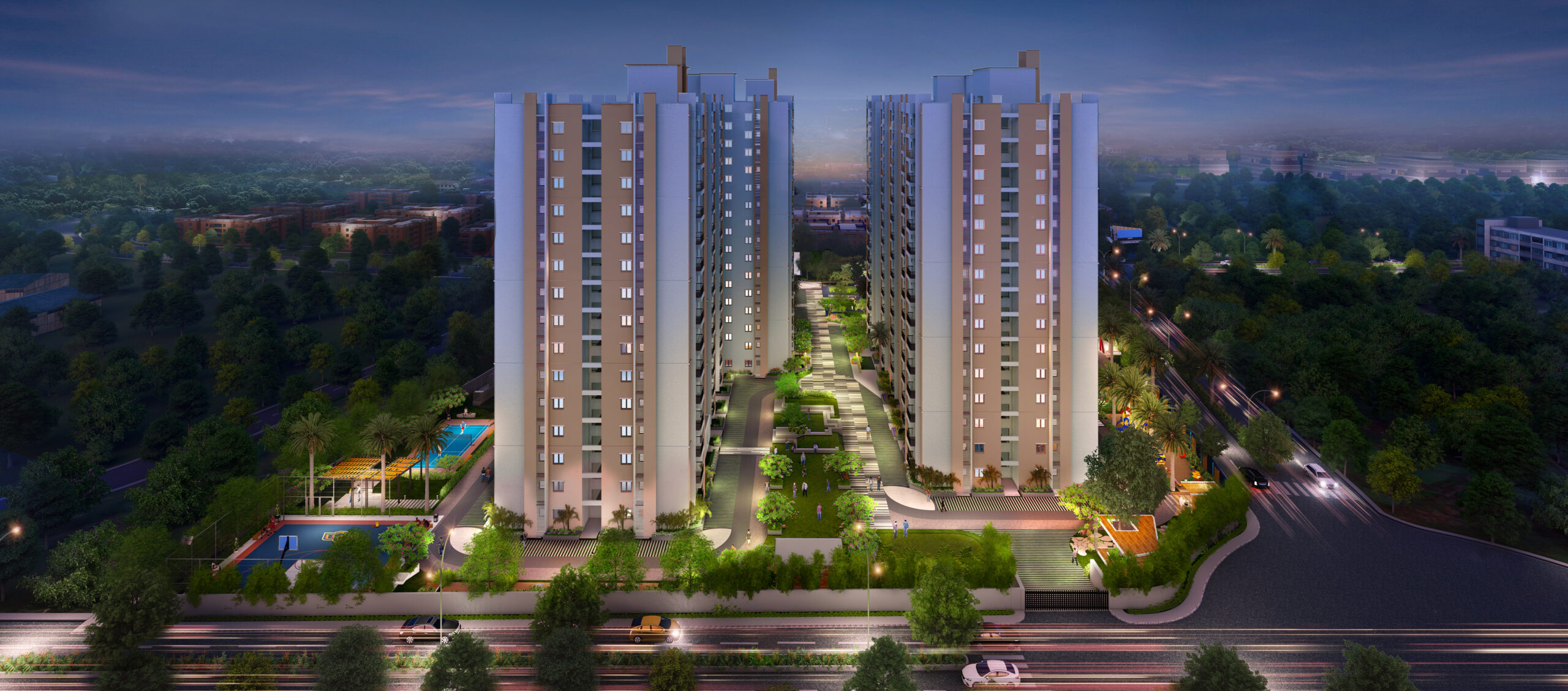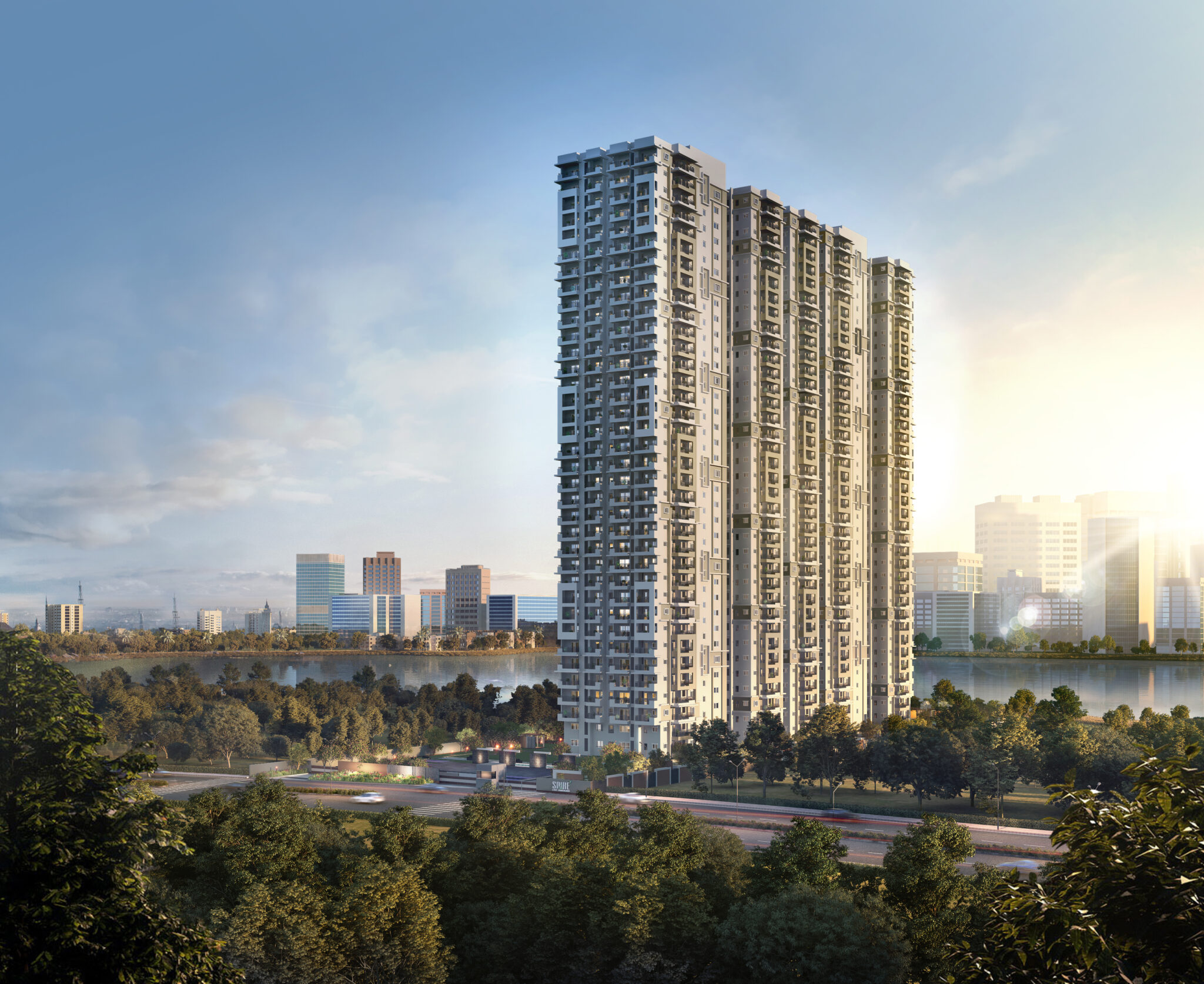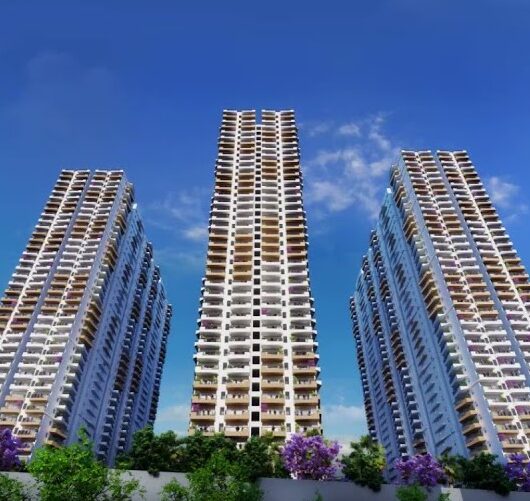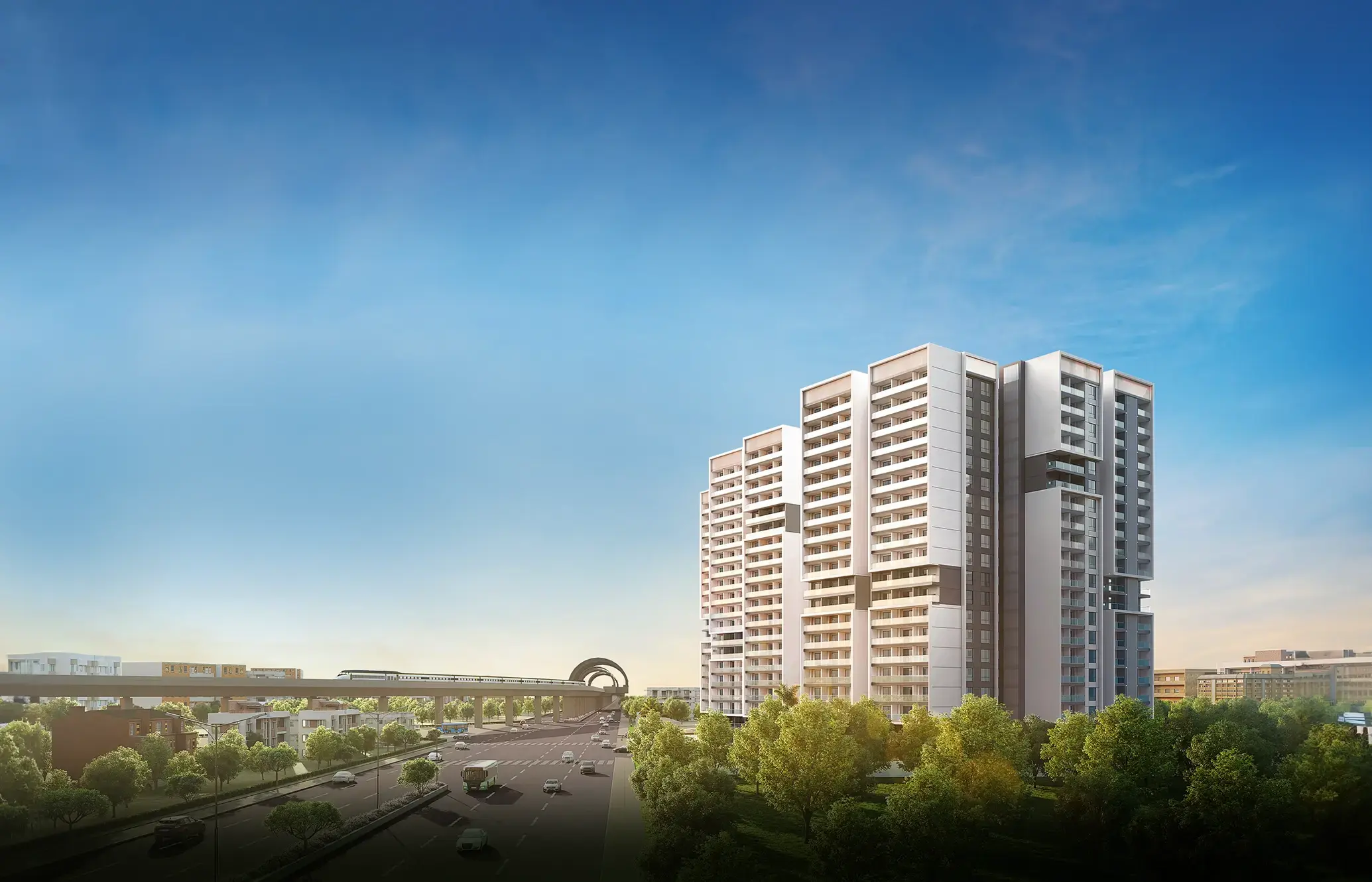Is the Smart Cities Mission Driving Property Growth?
The Smart Cities Mission is a centrally sponsored scheme launched in June 2015 with the aim of transforming 100 cities into smart cities. These cities are to provide the necessary core infrastructure while supporting environmental sustainability and enabling a decent quality of life for the citizens. The mission aims to create a replicable model with the application of ‘Smart’ solutions.
The Smart Cities Mission includes the redevelopment of existing urban areas to improve infrastructure and amenities, thus enhancing efficiency. It also aims to develop new urban areas within the cities. The implementation of Information and Communication Technology (ICT) solutions across various sectors such as e-governance, waste, energy, and water management, urban mobility, and skill development add utility and charm to these cities. Initially planned for completion by 2020, the mission has been extended twice, with the current deadline set for June 2024. While its completion is not yet in sight, once it is completed, it is expected to significantly elevate real estate prices.
Challenges Faced by the Smart Cities Mission
Smart City Mission did not clearly define a smart city, acknowledging the varied conceptualizations based on local contexts and aspirations. The definition’s ambiguity makes it challenging to allocate resources effectively and prioritize projects. There are contrasting differences in the performance of the cities under Smart City Mission (SCM).
32 cities completed more projects than planned, while 68 cities are yet to meet the targets, and the performances of some are quite poor. The role of elected representatives being side-lined by reducing the role of elected councils in decision-making raises concerns about democratic governance and accountability. Selecting cities on a competitive basis overlooked the diverse urban realities of India, which are dynamic and not static like the West.
The scheme focused on developing less than 1% of a city’s area, leading to the exclusion of many areas from development. McKinsey reports indicate that to improve livability in Indian cities by 2030, USD 1.2 trillion is needed, making Rs. 1,67,875 crores over nine years a mere 0.027% of the total urban India expenditure. The Special Purpose Vehicle (SPV) model created for smart cities was not aligned with the 74th Constitutional Amendment Act, leading to objections from cities regarding the governance structure as it bypassed traditional city governance structures.
Despite PPP being an important driver of the mission, not more than 5% of the funding has come through this route. Smart city projects led to the displacement of people living in poorer localities, such as street vendors, disrupting urban communities. The focus on infrastructure development in some towns led to enhanced urban flooding, as water channels and contours were disrupted or dismantled.
However, there are ways to strengthen the Smart City Mission. We at ASBL – Hyderabad’s Biggest Builders are constantly making efforts to ensure that our customers get the most of it, in every way we can offer.
Ways to Strengthen the Smart Cities Mission
- Appoint a dedicated CEO with a fixed tenure to ensure the representation of experts and stakeholders and utilize existing expertise.
- Include Members of Parliament (MPs) in State-Level Advisory Forums for project identification, selection, and implementation, as they have grassroots-level expertise.
- Emphasize more pan-city projects for comprehensive and holistic development to optimize resource allocation and reduce wastage.
- Implement digital infrastructure protection mechanisms to safeguard against cyber threats and maintain data privacy.
- Strengthen Urban Local Bodies (ULBs) capabilities in small cities and provide central government assistance for organizational restructuring and capacity building in states requiring support.
- Focus on timely completion of projects and extend the ministry’s role to ensure execution and completion by intervening with inputs and expertise rather than just fund transfer.
Hyderabad Smart City Projects and Services
The Telangana government has launched a project called ‘Hi-Fi’ to make Hyderabad the first ‘Wi-Fi’ enabled city. The goal is to encourage commercial and industrial events and ensure that tourists have access to the Internet. The public Wi-Fi project is called Ikya, providing free and high-speed Wi-Fi access across the city. Additionally, the Integrated Command and Control Center (ICCC) serves as the nerve center for city operations, integrating various systems such as traffic management, public safety, emergency response, and utility services. It facilitates real-time monitoring, data analysis, and decision-making to improve urban governance and enhance service delivery.
The ‘copless society’ project includes the installation of 10,000 CCTV cameras in Hyderabad to improve smart infrastructures, such as an Intelligent Traffic Control System, monitoring and collaborative tracking e-challan, Hawk Eye Solutions, and city supervision through software applications. The establishment aims to meet international standards to meet the requirements of citizens. Emphasis is also placed on social development by enhancing education and health care through digitalization.
Hyderabad aims to provide a range of smart city services, including emergency alerts for incidents like fires and disaster management. The city also offers a quick application for paying water, electricity, real estate taxes, and property bills. Additionally, it provides intelligent economic infrastructure with adequate sanitation facilities, along with a 24/7 helpline for public safety. There are several ongoing projects, such as automated parking and traffic management and initiatives to engage citizens in decision-making through digital platforms. Notable projects also include the Strategic Nala Development Program (SNDP), which focuses on improving drainage systems to prevent flooding, and the Intelligent Traffic Management System (ITMS) that utilizes real-time data to optimize traffic flow and reduce congestion.
Impact of Smart Cities Mission on Hyderabad Real Estate Market
Smart city initiatives are enhancing Hyderabad’s infrastructure, making it more attractive for real estate investment. Improved amenities, connectivity, and safety are contributing to a better quality of life, which is driving demand for housing. As Hyderabad becomes smarter, businesses are thriving, leading to an increased demand for office spaces and commercial properties. The success of these initiatives boosts investor confidence, attracting both domestic and international buyers. The emphasis on technology integration may drive demand for smart homes equipped with features like automation, security systems, and energy efficiency.
FAQs
Development of new business districts, improved public transportation networks, and creation of green spaces and walkable areas, are destined to leave a positive impact on the real estate market.
You can find updates on the progress of Hyderabad’s Smart City Mission on the website of Hyderabad Smart City Corporation Limited (HSCCL) or relevant government department websites.
Citizen engagement is a crucial part of the mission. There are usually channels for feedback and suggestions through public forums, workshops, or online platforms. You can find information on these on the HSCCL website or social media pages.
Projects might involve installing smart bins with real-time fill level monitoring, implementing waste segregation at source, and developing efficient waste-to-energy or composting programs.
The development of new infrastructure and technologies could lead to job opportunities in areas like construction, IT, and data analysis.













